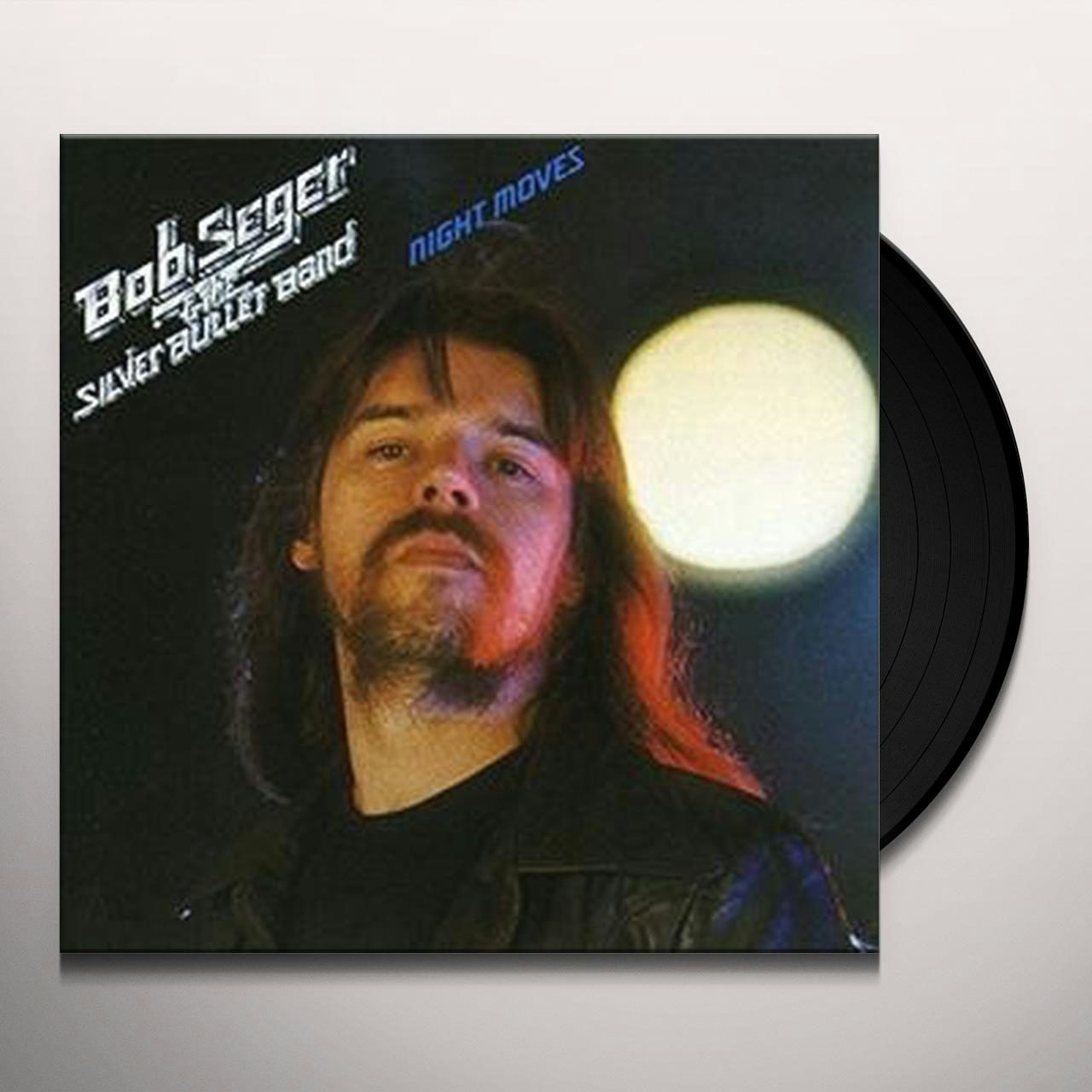

"Night Moves" was recorded at Nimbus Nine Studios in Toronto, Ontario. Problems playing this file? See media help. Seger was inspired by the example of Bruce Springsteen's " Jungleland" to include two bridges in "Night Moves." Recording and production A 1996 article in The Detroit News claims that Seger wrote portions of the song while at an A&W drive-in restaurant in Ann Arbor, Michigan. The catalyst for writing "Night Moves" came after Seger saw the 1973 film American Graffiti: "I came out of the theater thinking, ‘Hey, I've got a story to tell, too! Nobody has ever told about how it was to grow up in my neck of the woods.'" Seger was inspired by the film's depictions of early 1960s car culture, of which he was a part. The use of descriptive imagery was inspired by Kris Kristofferson’s “ Me and Bobby McGee” (1969), a song that Seger loved and which motivated him as he was developing his writing style. He had recently purchased a house due to the success of his first live album, Live Bullet, and he and the band would write and practice in its large basement. The song took Seger over six months to complete writing. Seger later told journalist Timothy White that many of his early songs were written to impress the girl. Seger promptly pursued a romance with the girl, but eventually her boyfriend returned and they married, leaving Seger broken-hearted. "It's about this dark haired Italian girl that I went out with when I was 19, she was one year older than me," he later recalled. Through these, he met a woman-credited as Rene Andretti in the Encyclopedia of Great Popular Song Recordings-whose boyfriend was in the military and was away. The song's contents are largely autobiographical for example, the group of friends would often hold parties they called "grassers", which involved going to a farmer's field outside Ann Arbor to dance. At a certain point, he began socializing with a rougher crowd, who thought he was cool because he played music. "Night Moves" has roots in Seger's adolescence he wrote the song in an attempt to capture the "freedom and looseness" he experienced during that period of his life.

The song was responsible for changing Seger from being a popular regional favorite into a national star. It also charted at number five in Canada and was a top 25 hit in Australia. Released as a single in December 1976, it reached number four on the Billboard Hot 100, becoming Seger's first hit single since " Ramblin' Gamblin' Man" from 1969. As much of Seger's Silver Bullet Band had returned home by this point, the song was recorded with several local session musicians.

It took him six months to write and was recorded quickly at Nimbus Nine Studios in Toronto, Ontario, with producer Jack Richardson. It was based on Seger's own teenage love affair he experienced in the early 1960s. Seger wrote the song as a coming of age tale about adolescent love and adult memory of it. It was the lead single from his ninth studio album of the same name (1976), which was released on Capitol Records. Its success also encouraged new fans to invest in the much-lauded Live Bullet, which later went quintuple platinum and returned to the US Billboard 200, where it remained a regular fixture for a phenomenal 168 weeks." Night Moves" is a song by American singer-songwriter Bob Seger. 8 on the US Billboard 200, Night Moves promoted Bob Seger to superstar status and went on to sell over six million copies in North America. Yet while there was no denying that tracks such as the anthemic “Rock’n’Roll Never Forgets” and the ribald “Sunspot Baby” (“She gave me a false address/Took off with my American Express”) were examples of hard-driving Detroit rock’n’roll at its very best, the record’s pair of Top 30 smashes – the classy ballad “Mainstreet” and the heartstring-tugging titular song – were shot through with a widescreen, Springsteen-esque ambition which would assist the hard-grafting Seger to outlast the majority of his contemporaries.Įventually peaking at No. In agreement that Seger’s moment had arrived at last, long-term devotees and the wider American public fell in love en masse with Night Moves’ alluring blend of roots-y, rough-house rock’n’roll, and badass attitude. Assembled from fruitful Silver Bullet Band sessions in Detroit, and a quartet of songs recorded with the legendary Muscle Shoals Rhythm Section in Alabama, the album immediately picked up critical plaudits, with Rolling Stone’s reviewer Kit Rachlis right on the money when he suggested, “ Night Moves offers rock’n’roll in the classic mold: bold, aggressive and grandiloquent.” That situation changed dramatically when Capitol issued Night Moves on October 22, 1976.


 0 kommentar(er)
0 kommentar(er)
